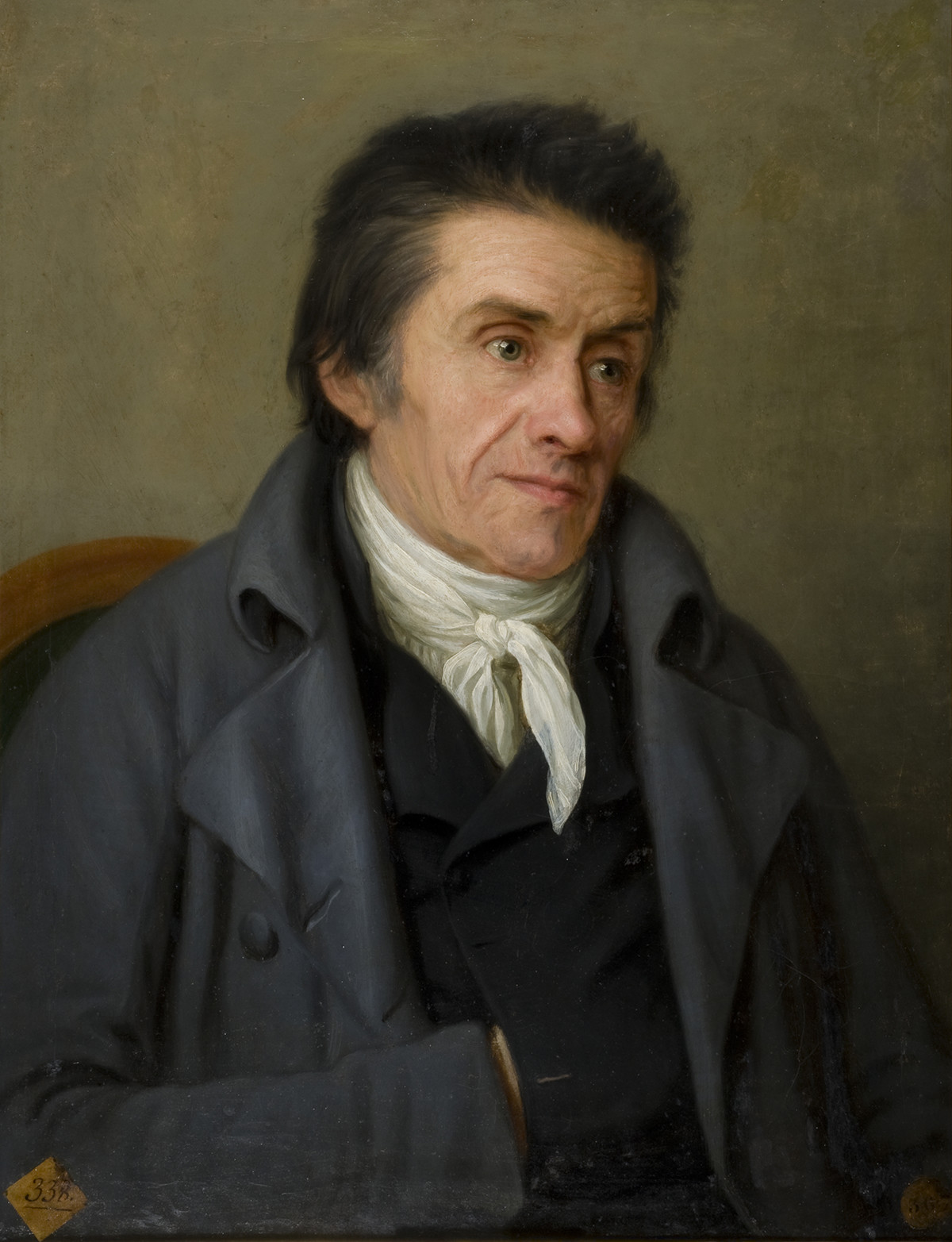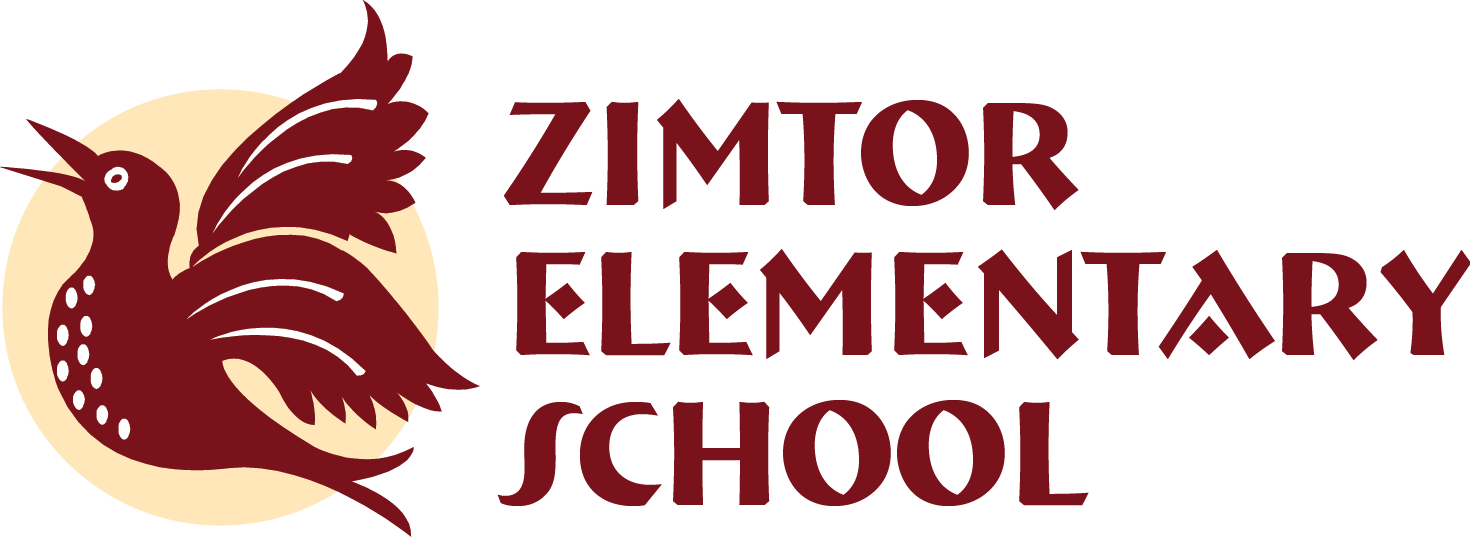How it Works
Our teacher/director, Lewis Campbell, worked as a volunteer at Second Foundation School in the early 1980s and took the interior pictures shown here in 1985. Second Foundation used an approach similar to that of Zimtor, and these pictures provide some insight into how such a school works.

Second Foundation School was located in the basement of this church near the University of Minnesota Minneapolis campus. Second Foundation was started in 1970 and remained largely the same until its closure in 2013 due to the illness of its founder. At the time these pictures were taken, Second Foundation had about twenty children in grades K-12, and most of the children were then twelve or younger.

A girl working on math and a boy working on drawing. These children have chosen these activities on their own initiative. In a school like Second Foundation, work is chosen by the students rather than being assigned by a teacher. Because almost all of the children at Second Foundation at this time had been there from kindergarten, they chose such activities as a matter of course.

Three boys using a book-tape set. This was the primary method of reading instruction at Second Foundation at the time the picture was taken. Using such informal methods, most children taught themselves to read between the ages of six and eight. Zimtor uses more varied and complex materials to teach reading, but at Zimtor as at Second Foundation children learn to read when they are ready and in the way that suits them best.

Three students doing library research. These three children were all about twelve at the time the photo was taken and had all been at Second Foundation since they were about five. They often worked as a group. Again, they have chosen this work on their own and work without supervision.

Lunchtime. The children ate by themselves in the kitchen, without adult supervision. They always worked together well and cleaned up after lunch consistently.

Results of the weekly school meeting. Most rules at Second Foundation were made and enforced by a general meeting of the entire school, with each student and teacher having one vote. This self-governing system is one of the most important reasons for the success of a school like Second Foundation. Zimtor uses a similar system with the exception that decisions are made by consensus rather than by vote.

A student and teacher working together. Teachers at Second Foundation were always available if students wanted their help, and teachers sometimes offered optional classes, but they had no other role. Conflicts between students were resolved not by teachers but by the weekly school meeting. At Zimtor, the teacher/director takes a somewhat more active role, such as leading group activities and mediating disputes, but at Zimtor as at Second Foundation the teacher acts primarily as a guide who helps students choose and carry out their own activities.

Johann Heinrich Pestalozzi about 1800. Pestalozzi began what were among the first progressive schools in the Western world. His school at Yverdon, established in the early 1800s, was widely admired, and his educational methods have formed the basis for much of modern progressive education.

